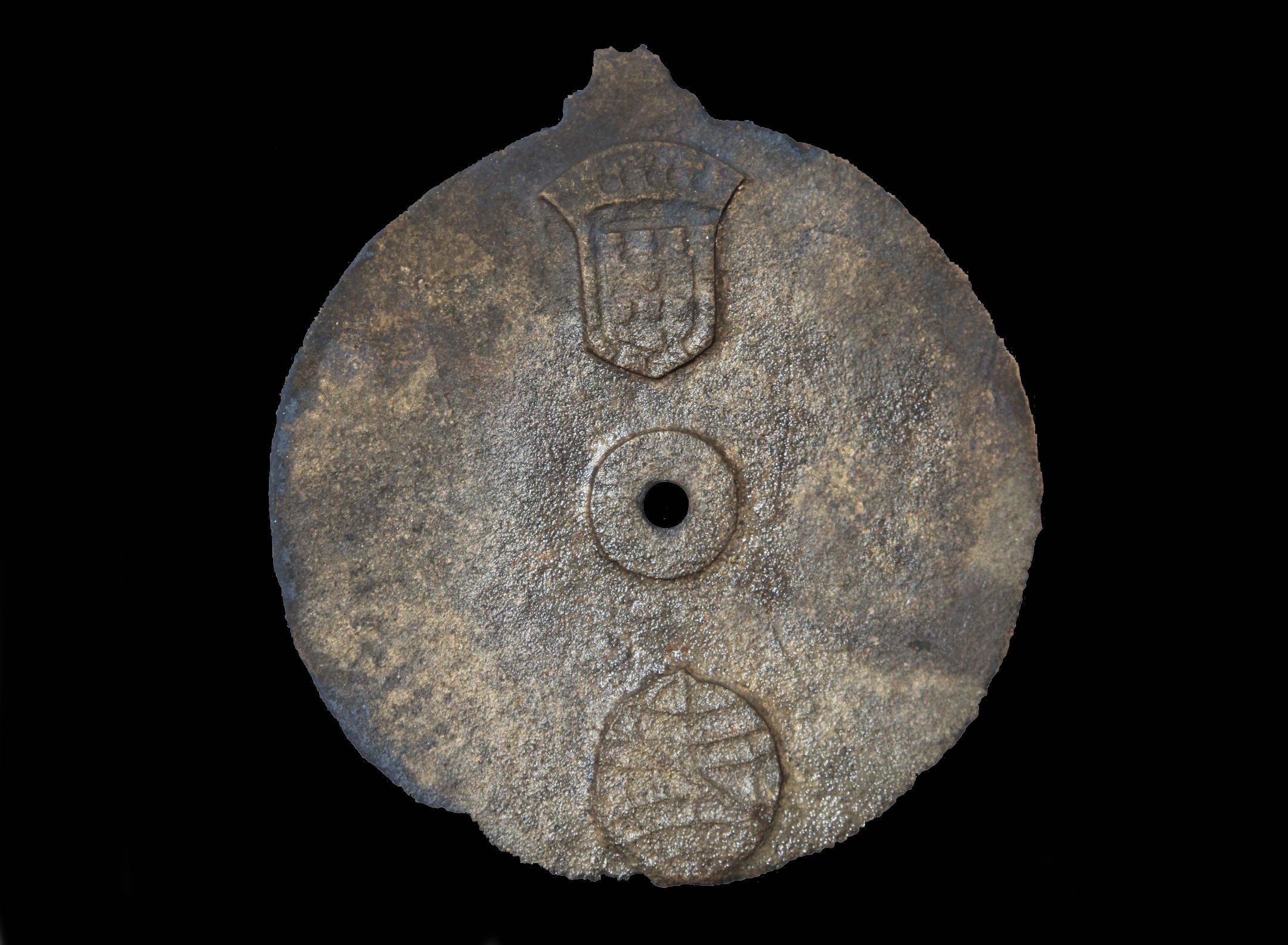It’s Official, This Is the Oldest Known Mariner’s Astrolabe in the World
More than 500 years old, it was found with the oldest ship’s bell.

In 1503, on the way back from a violent escapade in India, part of Vasco da Gama’s 4th Portuguese India Armada went down in a storm off the coast of what is now Oman. The wreck was discovered more than 20 years ago, but is now being newly recognized for its exceptional assets. Guinness World Records, ever the archaeological authority, has now confirmed that the wreck’s astrolabe and bell—retrieved in 2013 and 2014—are the oldest known examples of either nautical device, after research published yesterday in the International Journal of Nautical Archaeology explained the science behind the analysis.
Though astrolabes are known from written sources to date to the 6th century—predating da Gama’s Armada by roughly a millenium—few have ultimately survived. “It’s a dream” to recover a mariner’s* astrolabe (designed specifically to be used on a rocking ship), especially the oldest ever found, says David L. Mearns, one of the study’s authors and the project director for the wreck’s recovery. The rare artifacts went out of production in the 18th century, he says, and those that were not lost to shipwrecks were likely melted down and repurposed.
Astrolabes are used to measure the altitude of an object with respect to the horizon. With a chart of bright stars, it can be used to calculate latitude, or it can be used to measure the height of a mountain. This astrolabe was likely made between 1496 and 1501. The portion recovered from the wreck measures less than seven inches in diameter and weighs less than one pound, and carries Portugal’s royal coat of arms. In a press release, the researchers explained that the object dates to a transitional moment in the tool’s history, and that it combines aspects of the older “planispheric” astrolabes with features of the “open-wheel” astrolabes that were not yet in use.

Astrolabes are neat, but you’d be hard-pressed to find one on a boat today. Bells, such as the example found on the da Gama ship, on the other hand, are still common nautical equipment—though mostly decorative today, says Mearns. They’re neither technical marvels nor rare, but bells have also played important roles on ships since the late 15th century, according to the U.S. Navy. That makes this one, cast in 1498, particularly significant.
Their primary historical function has been to help sailors on watch duty keep time. Within every four-hour shift, for example, the bell would be rung every 30 minutes to indicate how many half-hours had elapsed. (At the end of a shift, in other words, a bell would be rung eight times.) The Brits, however, had to introduce a seemingly convoluted twist to this exercise after the 1797 Nore Mutiny. The ringing of five bells at 6:30 p.m. had been the sailors’ signal to begin the mutiny, so from then on, British ships rang their bells just once at that point in the watch.
Bells also played vital safety roles, as fire and fog alarms, for instance. And they could lead to trouble: In July 1779, during the American Revolution, an American unit was caught in a Newfoundland fog and overheard enemy bells. Once the fog lifted, the prepared Americans proceeded to capture 10 British ships worth more than a million dollars. Both bells and astrolabes had their limitations, even when they were state-of-the-art.
* Correction: This article and its headline were updated to clarify that this is the oldest known astrolabe for mariners, specifically designed for navigation at sea.


















Follow us on Twitter to get the latest on the world's hidden wonders.
Like us on Facebook to get the latest on the world's hidden wonders.
Follow us on Twitter Like us on Facebook